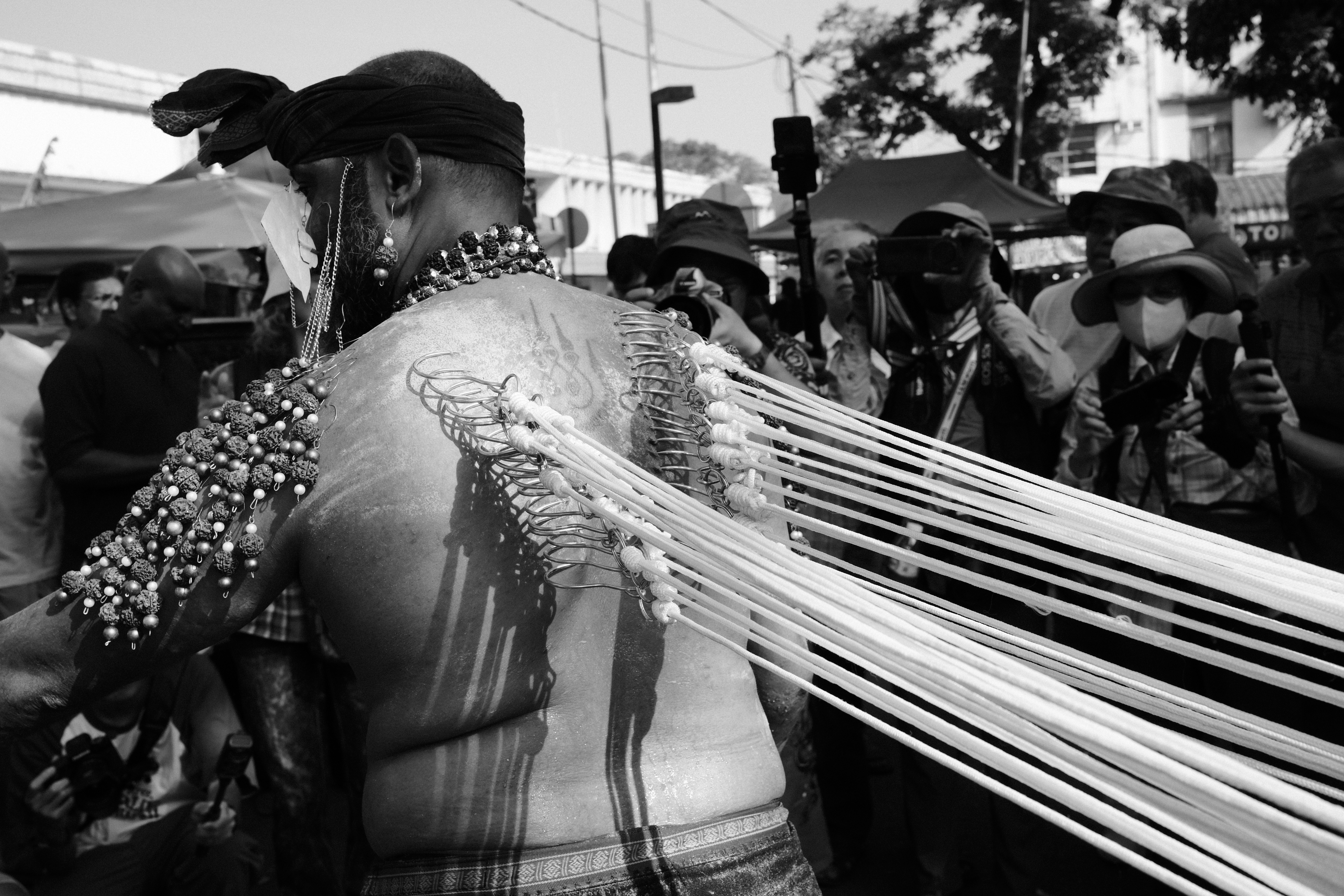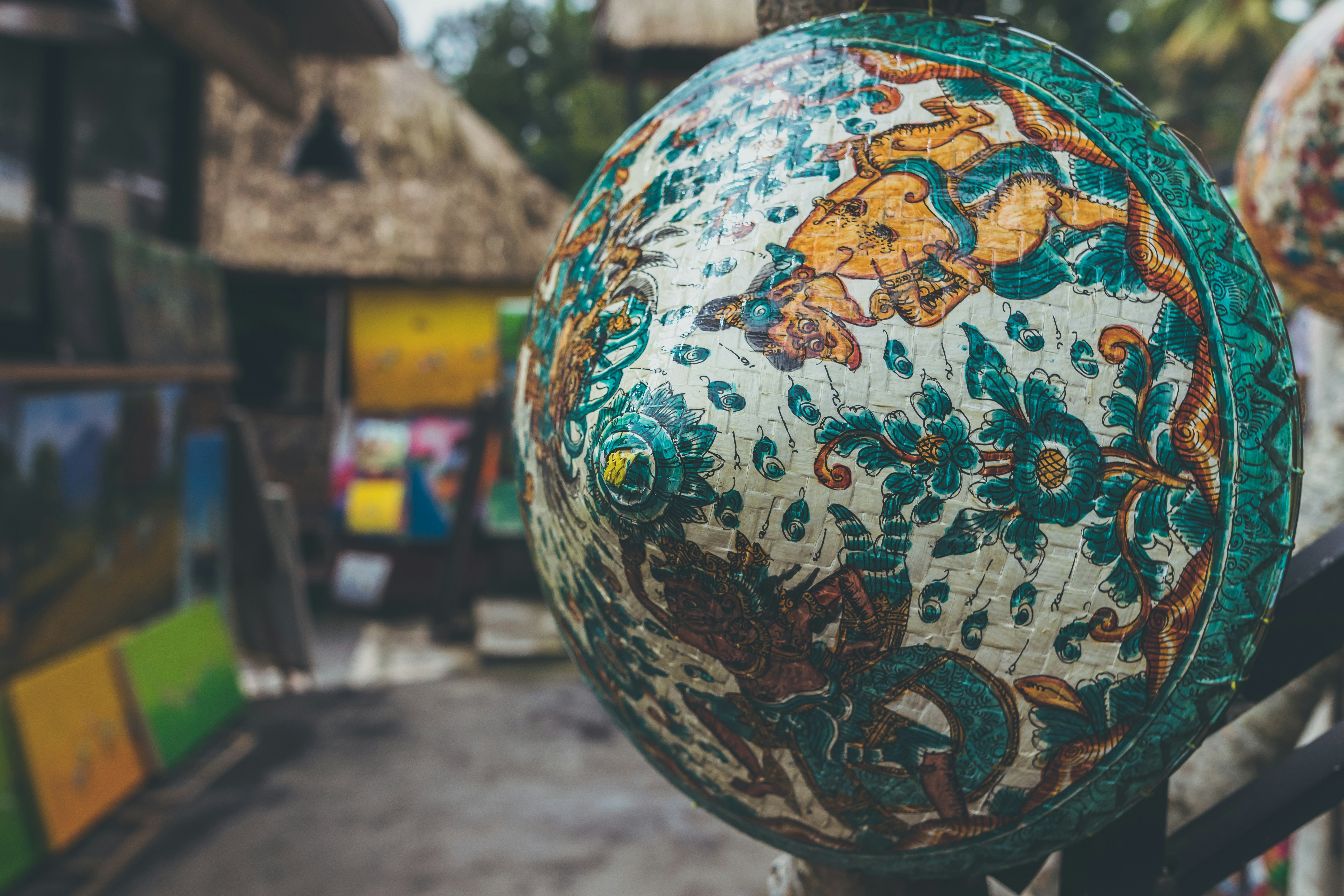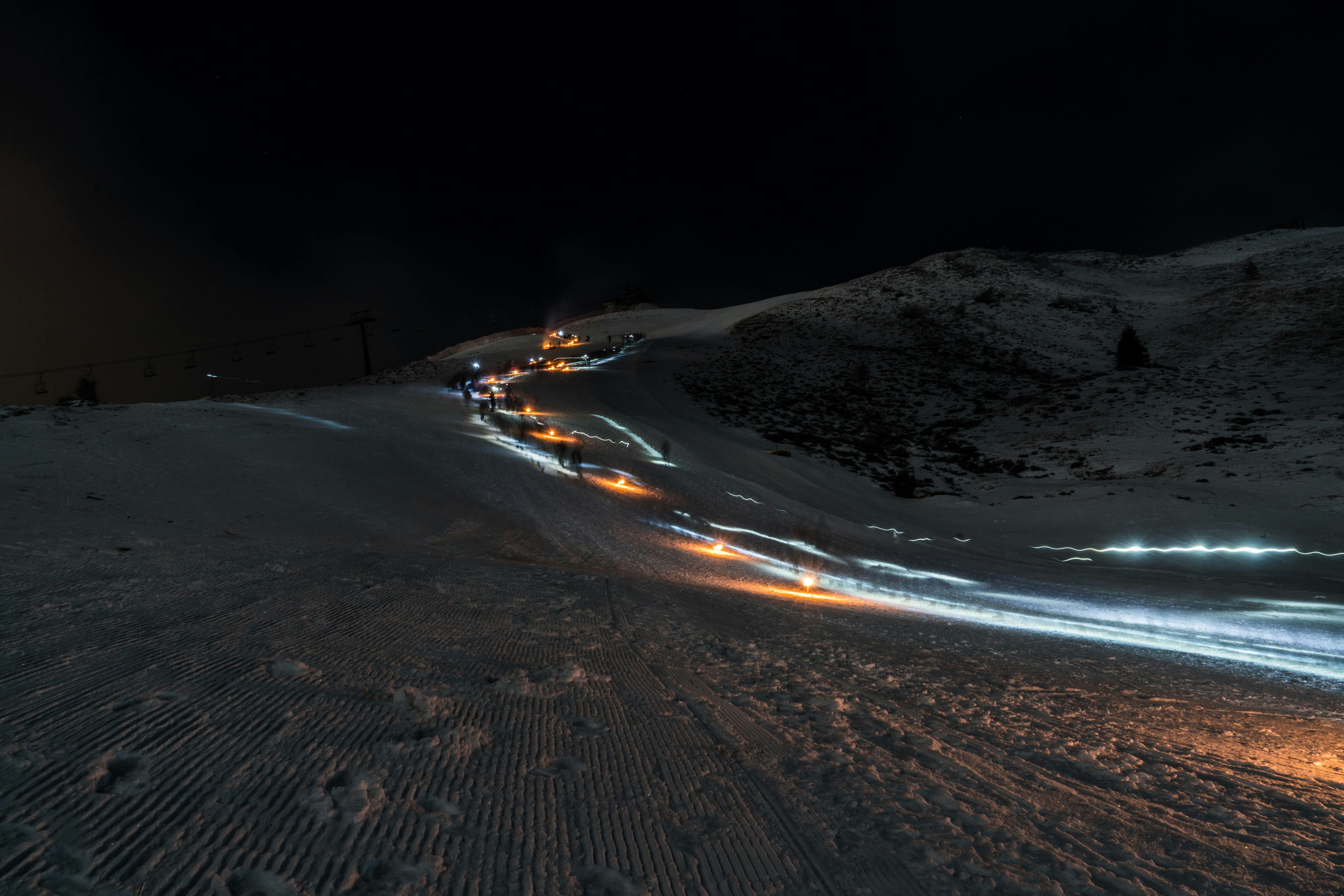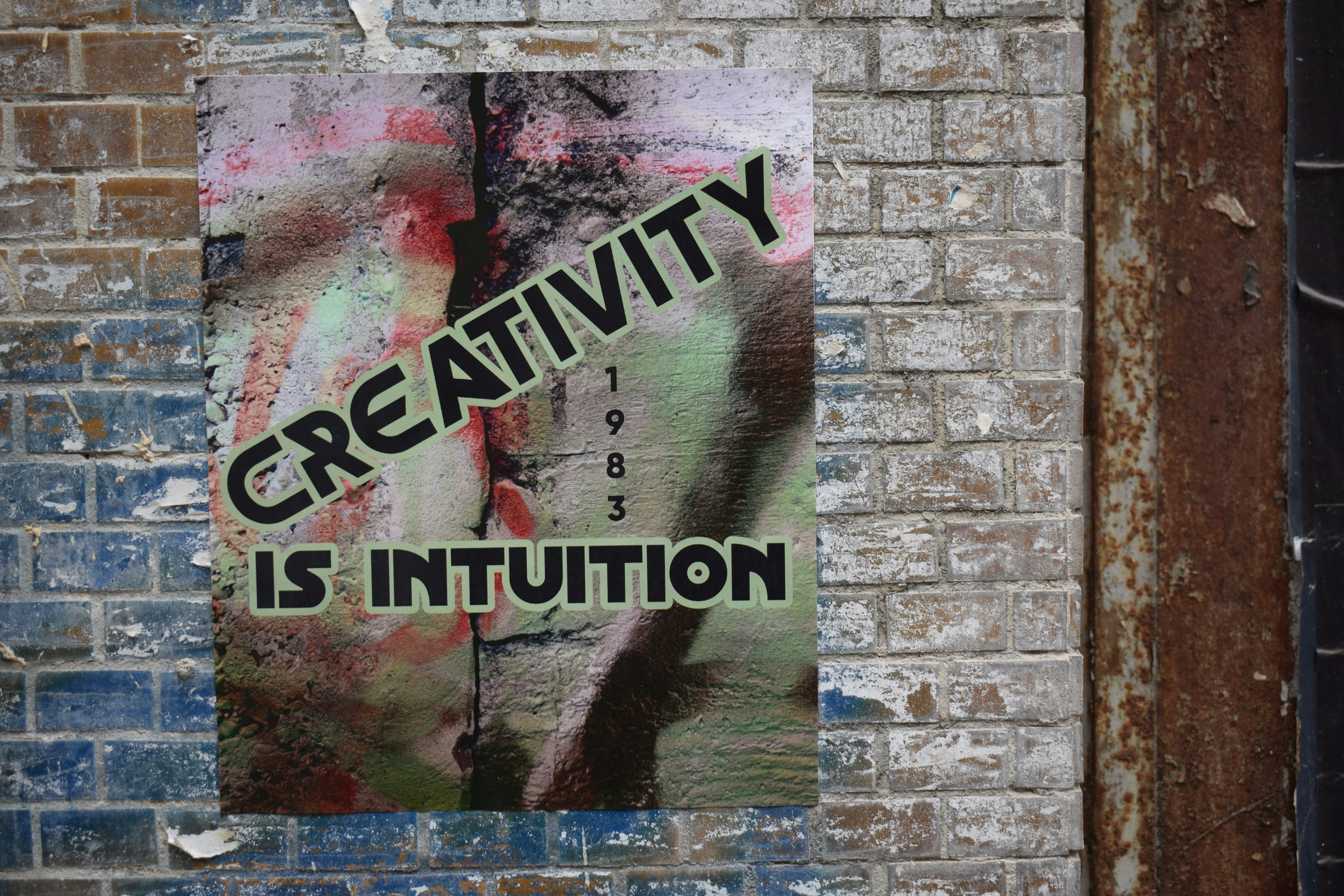The Influence of Cultural Narratives on Camera Design
Photography is more than just clicking a button to capture reality; it's a profound art form intricately woven with personal and cultural narratives. The evolution of photography gear is often informed by the stories that shape our understanding of the world. As a photography enthusiast or a professional, understanding how cultural narratives influence camera design can not only enhance your gear choices but also deepen your creative expression. In this exploration, you'll discover how global stories converge with technological advances in photography gear and how these unique narratives can transform your artistic vision.
Cultural Narratives: A Lens on Photography Gear
Cultural narratives are the stories we collectively tell about our identities, histories, and societies. These narratives influence our preferences, aspirations, and, ultimately, our choices regarding photography gear. For example, consider how different cultures approach family portraiture; in some societies, group shots are treasured, while in others, candid moments are preferred. This reflects in the design features of cameras, like the inclusion of burst modes for action shots or enhancements for low-light situations, each catering to diverse storytelling traditions.
As we delve into this topic, it's vital to acknowledge not only the technical specifications of cameras but also the human emotions tied to these tools. For instance, the desire to capture fleeting moments may lead to a shift in design emphasis. Canon, Nikon, and Sony are not just manufacturing companies—they are curators of history and emotion, constantly evolving based on the narratives their users create.
Linking Culture with Design Decisions
Each camera manufacturer’s decisions are influenced by cultural trends. For example, the rise of social media platforms like Instagram reflects a global shift toward an instantaneous, shareable format of photography. As a result, manufacturers are designing gear that is lightweight, portable, and user-friendly. Think about the ever-popular mirrorless cameras—less bulk without sacrificing quality. The relatively recent shift to this style of design is both a reaction to user feedback and a response to changing cultural norms around sharing imagery.
Moreover, cultural narratives often drive technological advancements. For instance, in response to the growing need for inclusivity, companies now produce cameras with better features for diverse users, including those with disabilities. This demonstrates how understanding societal stories can enhance not only usability but also the emotional intelligence embedded in camera design.
The Role of User Experience in Gear Development
When discussing cultural narratives and camera design, we can also touch upon the importance of user experience (UX). The way photographers engage with their equipment often hints at the stories they want to tell. For example, traditionalists may struggle with digital advancements, preferring the tactile experience of film, while millennials may gravitate towards apps that offer instant editing.
Manufacturers enhance UX through ergonomic designs and feature integrations that align with user expectations. Take, for instance, the intuitive touchscreens and customizable settings on modern cameras. These features acknowledge the personal attachments users develop with their tools, which are often laden with stories from trips, projects, and life milestones.
Examining Global Influences: A Case Study Approach
To see cultural narratives in action, we can review some case studies of specific regions or demographics. Let's start with Japan, known for its rich history in photography. Japanese brands such as Fujifilm and Olympus have designed cameras that reflect local artistry and minimalism. The aesthetics of their products often prioritize simplicity and elegance, resonating with the Japanese appreciation for craftsmanship.
Conversely, in regions where vibrant street photography flourishes—such as Brazil and India—gear is often designed for versatility. Cameras that cater to different lighting conditions and fast shutter speeds become essential for capturing the dynamic cultural narratives that these countries exhibit.
Emotional Storytelling through Gear
Photography has a unique capacity to evoke emotions. Thus, the design of cameras now integrates psychological elements, giving designers a new narrative project.
The psychology of color becomes an interesting lens through which we can analyze camera choices. Many photographers are increasingly aware of how color affects mood and sentiment in their images, prompting manufacturers to develop gear that offers color-enhancing capabilities or various color profiles.
For instance, a camera might feature color filters or editing software to complement its usage. This goes beyond functionality; it signifies an understanding that capturing life is about emotions as much as it is about technology.
The Intricacies of Design Trends
Trends in photography gear often mirror societal changes. In recent years, we have seen the rise of sustainable materials used in camera design, reflecting growing global awareness around environmental issues. Companies like Nikon have embraced this trend by producing cameras with environmentally friendly features. This shift not only speaks to the values of contemporary photographers but also ties in with a cultural narrative about stewardship of the planet.
Bridging Tradition and Innovation
As cultures evolve, so does photography gear. One cannot overlook the significance of old techniques and their rebirth through modern technology. The resurgence of analog photography illustrates this beautifully. Many contemporary photographers shoot on film to experience the tactile relationship with their art that digital cameras don't provide.
Emerging technologies like smartphone cameras are bridging the gap between traditional and modern practices. The very stories that once defined photography—rituals of family gatherings, cultural ceremonies—are being preserved and reimagined through ever-evolving gear options.
Practical Tips for Understanding Gear Choices
As you navigate the world of photography gear, consider these practical tips to harness the influence of cultural narratives in your choices:
-
Reflect on Personal Narratives: Ask yourself what stories you want to capture and choose gear that aligns with your vision.
-
Experiment with Different Styles: Try using various cameras, from DSLRs to mirrorless, to find out which one resonates with your shooting style.
-
Embrace New Technologies: Don’t shy away from gear that incorporates innovative features, such as AI that enhances mood detection or selective color adjustments.
-
Connect with Fellow Photographers: Engaging with diverse communities can provide insights into how cultural narratives shape photography, which in turn will enhance your skills.
-
Keep an Eye on Trends: Stay informed about emerging trends in photography gear. Understanding broader societal shifts will help filter the most relevant options for your unique storytelling.
Resources for Further Exploration
For those looking to deepen their understanding, there are abundant resources available, from blogs to books, that explore the intersection of culture and photography. For instance, The Chromatic Journey delves into how emotional-centric color choices in photography can elevate your storytelling.
Moreover, visiting photography exhibitions that focus on cultural narratives can inspire fresh perspectives and ideas. These experiences not only educate but also invigorate your passion for capturing and sharing narratives through your lens.
Final Thoughts
The synergy between cultural narratives and camera design is an intricate tapestry woven by tradition, innovation, and emotional resonance. As you advance in your photography journey, understanding how these narratives inform your gear choices can enhance your artistic expression and elevate your storytelling. Embrace the stories behind your tools; allow them to shape your images as much as your imagination does. To truly capture the essence of life, a photographer must recognize the profound influence of the cultural narratives that surround us, turning every shot into more than just a snapshot—but a compelling story waiting to be told.












